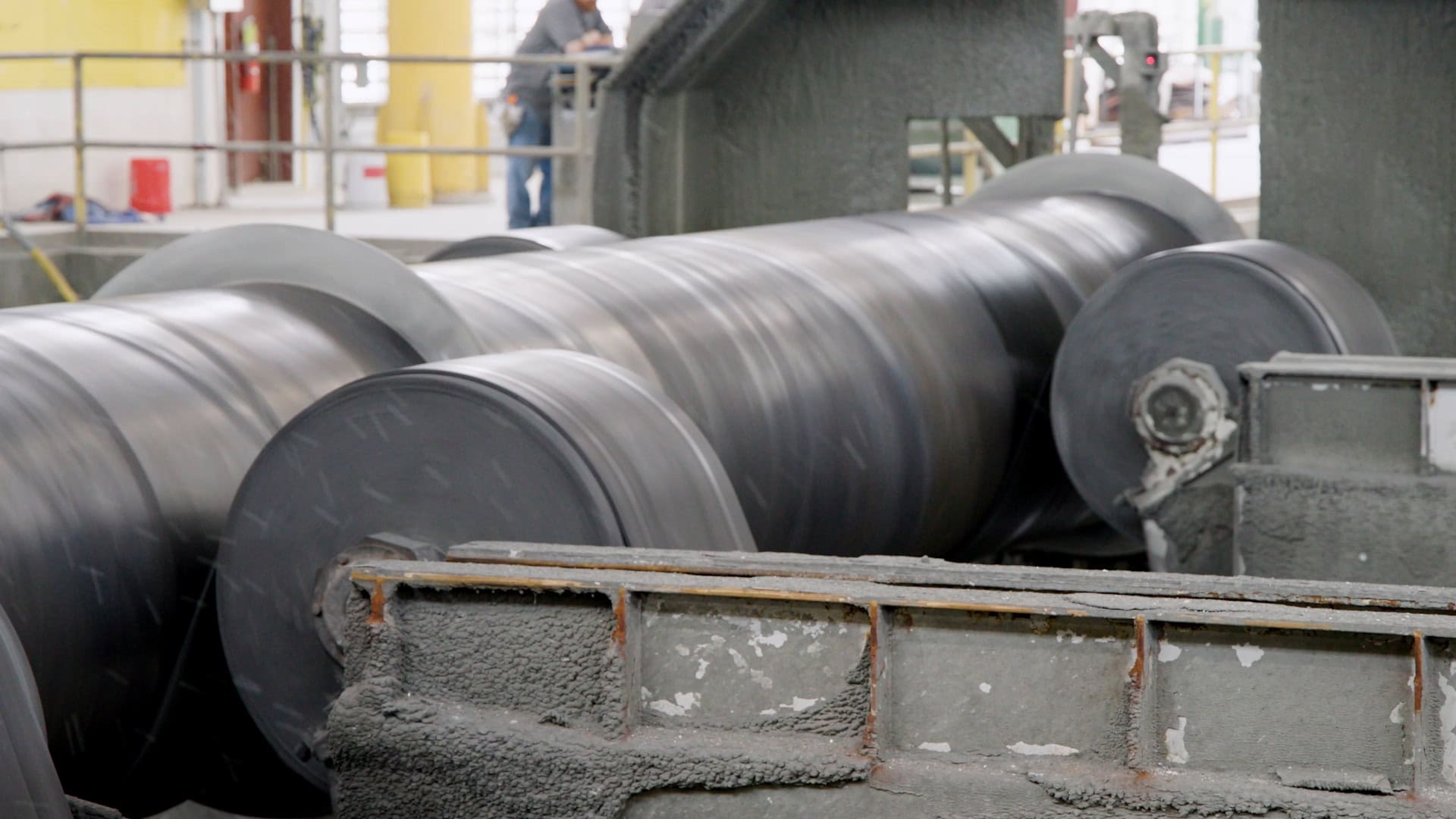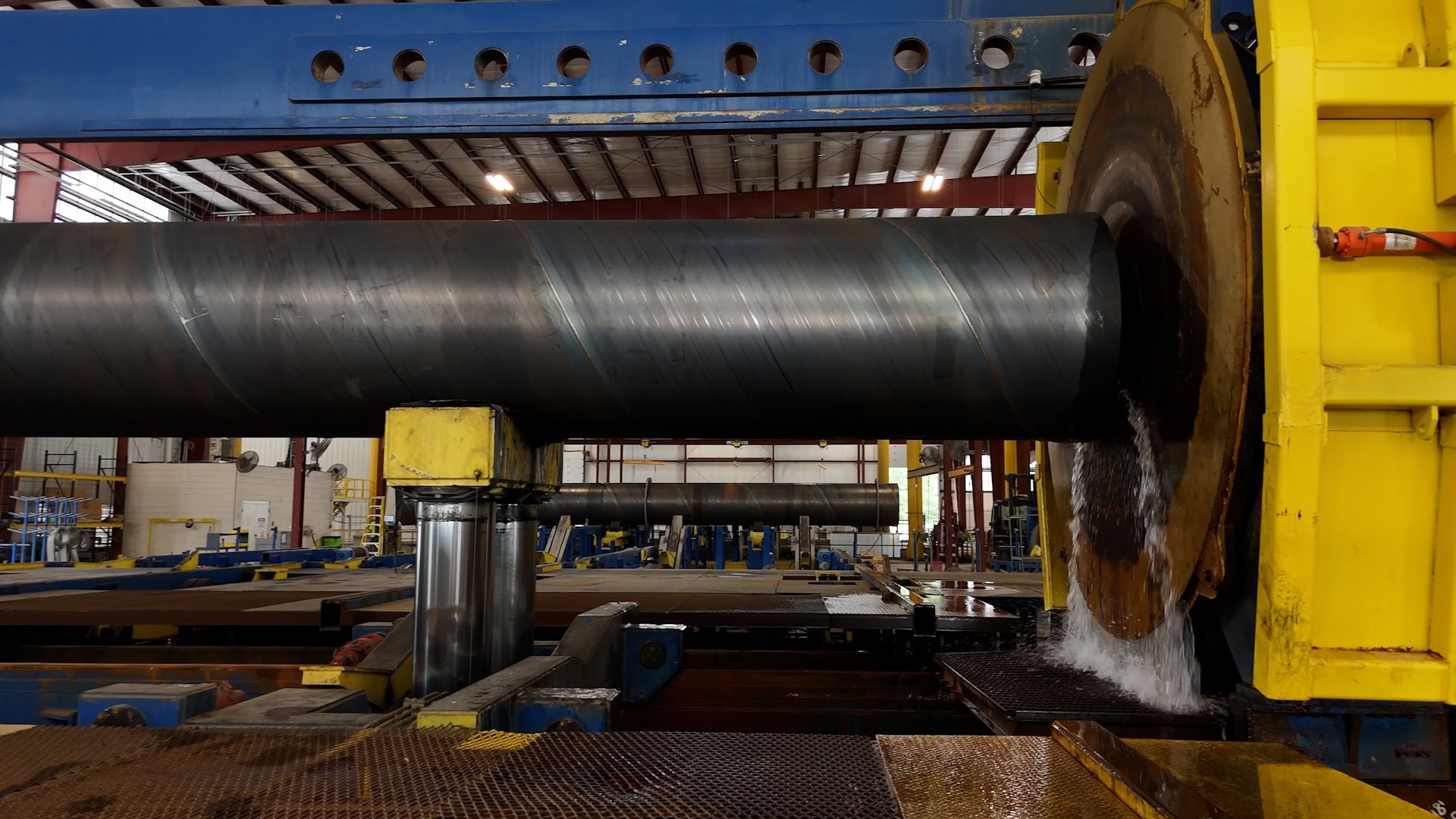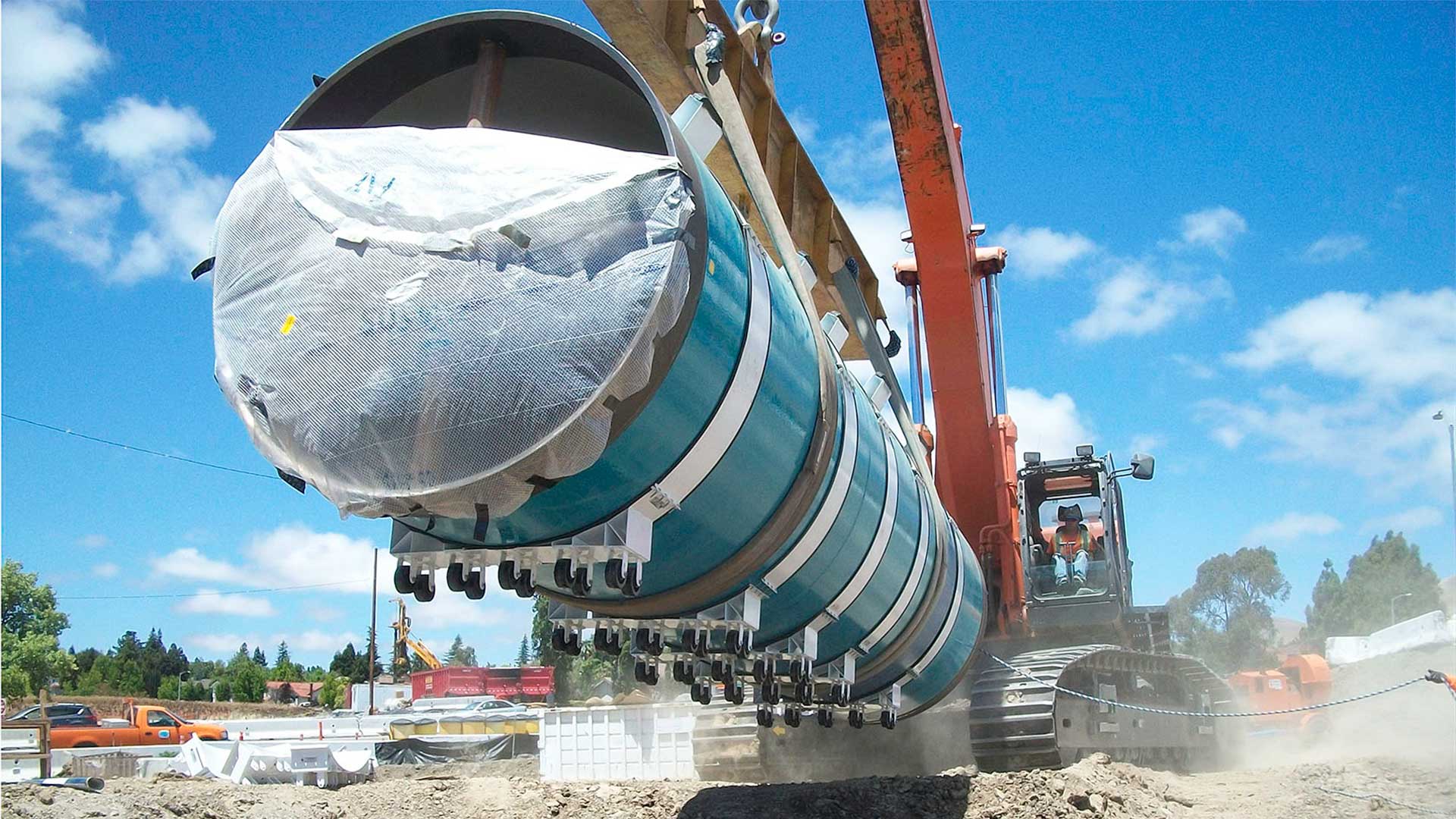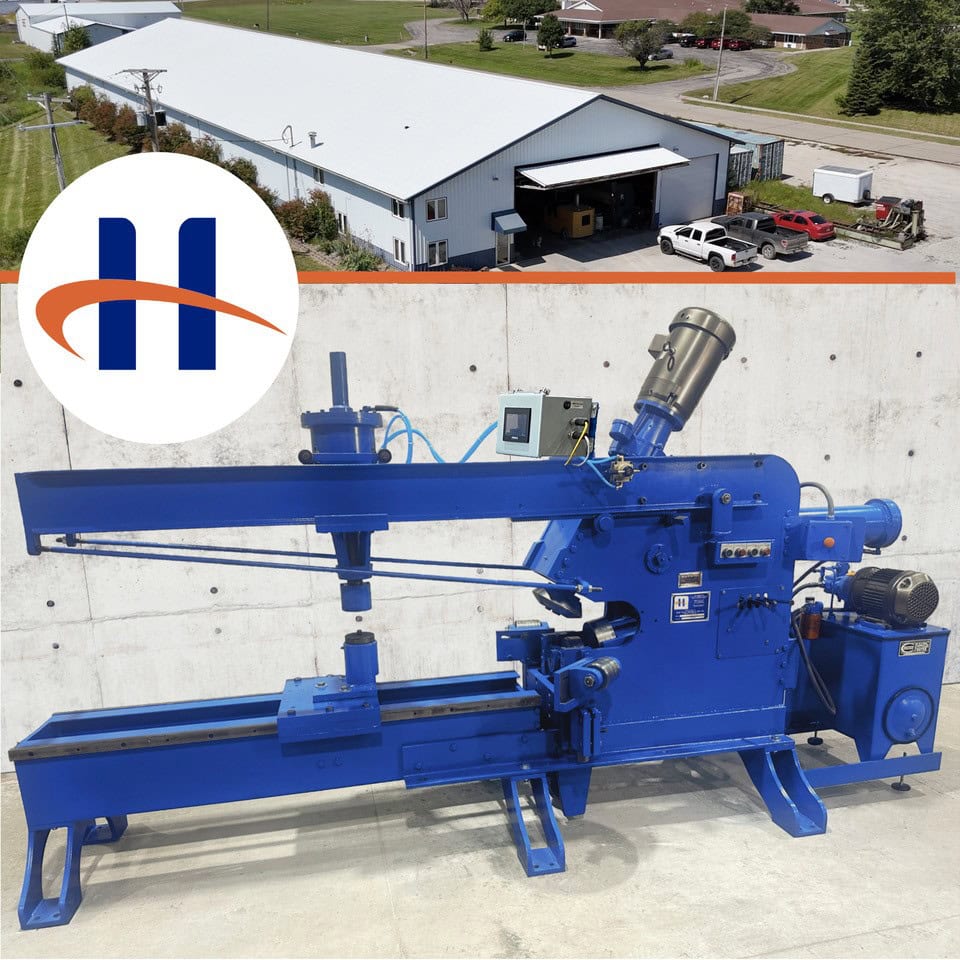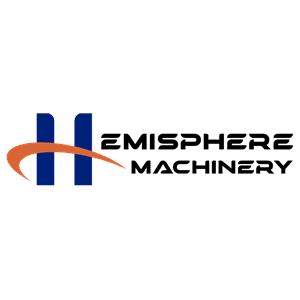Autogenous healing is a natural process within cement mortar that has a significant impact on the long-term performance of steel water pipe. While often misunderstood, this phenomenon can provide valuable protection and extend the service life of pipelines when properly considered during design, handling, and operation.
What is Autogenous Healing?
According to the American Water Works Association (AWWA) Standard C205, autogenous healing is:
“The process by which cracks in concrete or cement mortar are healed by the formation of calcium carbonate in the presence of moisture.”
This means that small cracks in cement mortar linings can self-seal when moisture is present, forming calcium carbonate deposits that close the cracks and restore protection to the underlying steel. Importantly, this does not require the pipe to be completely full of water—moisture alone can be sufficient to initiate healing.
Why Cement Mortar Lining Matters
Cement mortar lining (CML), applied in accordance with AWWA C205, is the industry standard for internally protecting steel water pipe. It provides:
- Corrosion protection – CML maintains a high pH environment (typically 12 or higher) at the steel surface, passivating it against corrosion.
- Durability – Centrifugally-applied mortar creates a dense, smooth lining with excellent long-term strength.
- Proven performance – For more than 30 years, steel rods submerged in water with cement fragments showed no corrosion, while identical rods in water without cement experienced significant deterioration.
Cracks and Healing
Shrinkage and temperature cracks in CML are expected. AWWA C205 states that cracks up to 1/16 inch wide generally do not require repair. Even wider cracks may not need intervention if it can be shown that they will heal autogenously under continuous moisture exposure.
A simple field test exists for evaluating crack size: a U.S. dime is almost exactly 1/16” thick. If it fits easily into the crack, the width exceeds the standard threshold.
Limitations and Considerations
While autogenous healing is a powerful self-repair mechanism, it has limitations:
- Water chemistry matters – Highly aggressive or heavily chlorinated water can damage cement mortar linings over time. Utilities may need to reference additional studies, such as those conducted by the Water Research Foundation (WRF).
- Healing depth – The healed material may not fully match the original thickness of the lining. As long as a protective barrier remains between water and steel, the pipe remains protected.
- Handling and installation – Damage often occurs during transport, storage, or installation. Pipes should be stored on bunks or berms (not rocks), handled with slings, and carefully capped to prevent drying and cracking.
Practical Applications
Autogenous healing is especially useful in:
- Field joints and hand-applied patches – These areas may develop small voids or cracks, which often self-heal over time.
- Minor deflection – AWWA M11 design criteria allow up to 3% deflection in CML-lined steel pipe with minimal risk of cracking.
The Bottom Line
Autogenous healing provides a natural layer of resilience to cement mortar linings, allowing small cracks to repair themselves and preserving the long-term internal corrosion protection of steel water pipe. When combined with proper handling, installation, and water quality management, autogenous healing can be a major benefit in pipeline performance and longevity.
Published Date
October 20, 2025
Author
Resource Type
- Guidance
Topic
- Steel Water Pipe
